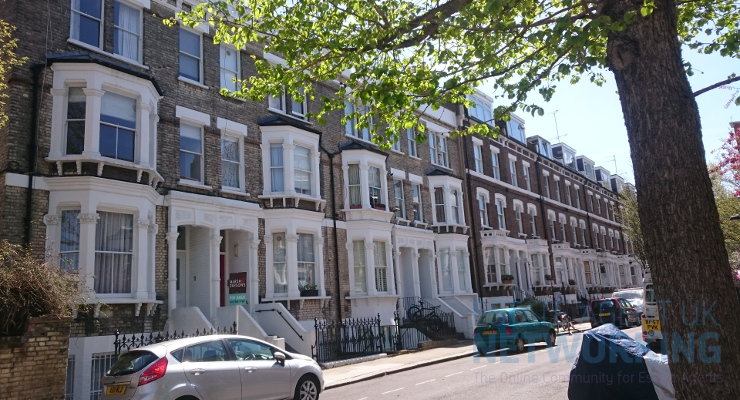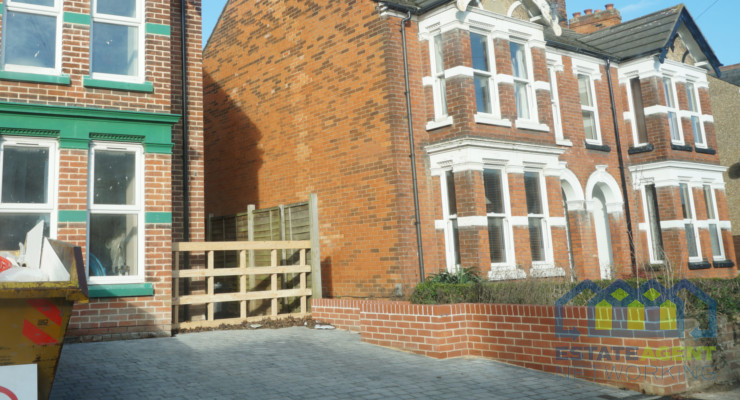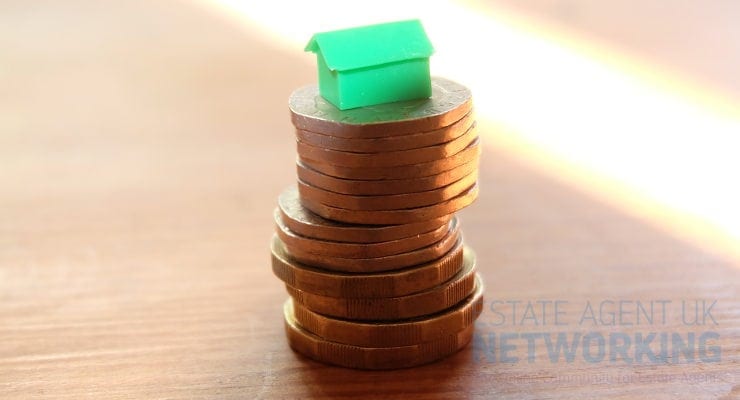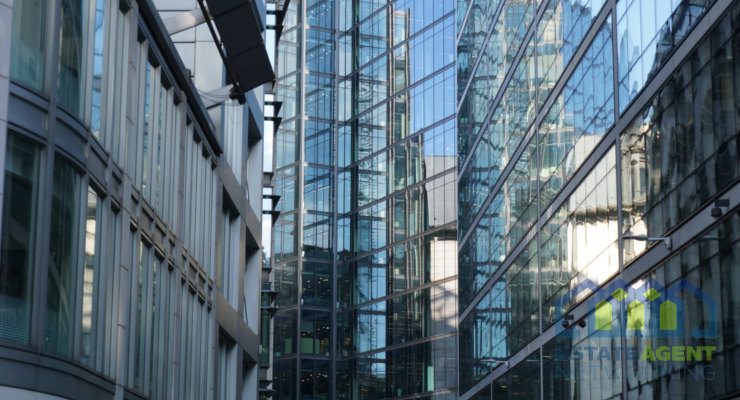How Greener Properties Can Help Sell Your Property Portfolio
As sustainability increasingly becomes a priority for homeowners and investors alike, the demand for greener properties is skyrocketing. This shift presents a compelling opportunity for property owners to enhance the value and appeal of their portfolios. By integrating eco-friendly features into your properties, you not only help the environment but also position your assets for higher profitability and faster sales. Here’s how greener properties can boost your portfolio’s marketability and increase your returns when selling a property portfolio.
1. Attracting Eco-Conscious Buyers
The modern buyer is more environmentally aware than ever before. Many are actively seeking properties that align with their values of sustainability and energy efficiency. By incorporating green features like solar panels, energy-efficient appliances, smart thermostats, and sustainable building materials, you can attract this growing segment of eco-conscious buyers. According to a 2020 report by the National Association of Realtors, more than 59% of homebuyers considered energy-efficient features to be “very important” in their purchasing decision.
2. Higher Property Values
Sustainable upgrades can significantly increase the value of a property. Studies show that homes with green certifications, such as LEED (Leadership in Energy and Environmental Design) or ENERGY STAR ratings, tend to sell for a premium compared to non-certified homes. In fact, properties with these certifications often sell for up to 14% more than their non-certified counterparts. Buyers are willing to pay extra for homes that promise lower utility bills, healthier living environments, and reduced environmental impact.
3. Faster Sales and Reduced Vacancy
Properties with green features often sell faster than those without. A 2020 study by Zillow found that homes with energy-efficient upgrades sold on average 17 days faster than traditional homes. This speed is particularly advantageous in competitive markets where standing out can be challenging. For rental properties, green features can reduce vacancy rates as tenants are more likely to stay longer in homes that offer lower living costs and higher comfort.
4. Lower Operating Costs
Greener properties tend to have lower operating costs due to reduced energy consumption, lower water usage, and improved internal and external insulation. Solar panels, for example, can significantly cut electricity bills, while rainwater harvesting systems reduce water costs. By marketing your properties as energy-efficient, you demonstrate long-term cost savings to potential buyers, which can be a powerful incentive.
Additionally, some governments offer tax incentives and rebates for green building initiatives. Taking advantage of these programs can further enhance your property’s appeal and financial performance.
5. Improved Air Quality and Comfort
Health and well-being are increasingly top priorities for buyers. Properties that use non-toxic materials, have proper ventilation systems, and feature green spaces can contribute to improved indoor air quality and overall comfort. Offering healthier living environments adds value and may even appeal to specific buyer demographics, such as families with young children or individuals with respiratory issues.
6. Compliance with Future Regulations
Governments around the world are tightening building codes and regulations to combat climate change. By proactively greening your property portfolio, you stay ahead of future requirements, avoiding costly retrofits or fines. In the UK, for instance, the Minimum Energy Efficiency Standard (MEES) regulations require rental properties to meet certain energy efficiency standards, and similar regulations are emerging globally.
7. Appealing to Millennials and Gen Z Buyers
Millennials and Gen Z are increasingly dominant in the housing market. These generations are particularly attuned to issues of sustainability and environmental responsibility. They prefer properties that reflect their values, and greener homes fit the bill. By catering to these demographics, you can future-proof your portfolio, ensuring that it remains relevant and attractive to the next generation of buyers.
8. Enhanced Marketing Opportunities
Greener properties offer a unique selling point that can set your portfolio apart from the competition. You can market these properties using environmental certifications, cost-saving potential, and health benefits as key differentiators. A green property is more likely to garner attention in listings and can be featured in eco-conscious publications and websites, giving you a broader marketing reach.
By investing in energy-efficient upgrades, sustainable materials, and eco-friendly practices, you can leverage the green property trend to improve your portfolio’s marketability, enhance property values, and appeal to the growing pool of eco-conscious buyers. In a world increasingly driven by sustainability, greener properties represent not just a moral choice, but a smart financial strategy that can help you sell your properties more quickly and profitably.








